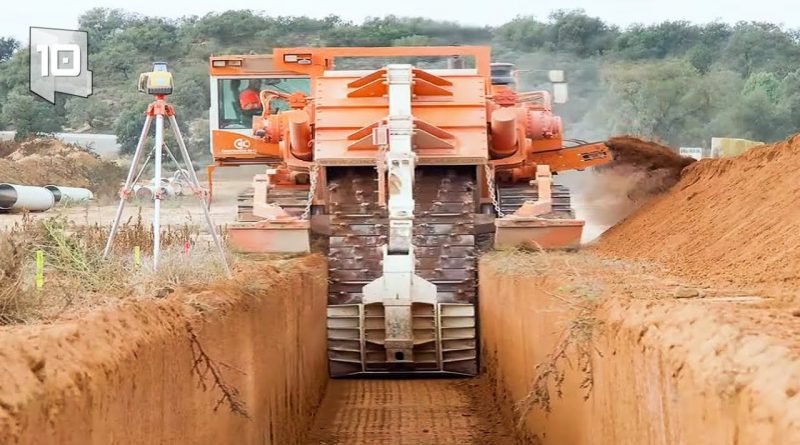What are the benefits of using a truncher?
What is a truncher?
A truncher is a machine that harvests or distributes a crop by cutting the stalks at the base. This type of machine is often used in agriculture because it is more efficient than other methods of harvesting, such as hand picking.
A truncher is a machine that helps farmers to reduce the amount of straw they need to harvest by breaking it down into smaller pieces. This saves them time and money, as they don’t have to transport the straw long distances. Additionally, a truncher can help improve soil fertility as the straw decomposes.
-
- What is a truncher?
- Different types of trunchers
- How to use a truncher
- How does a truncher work?
Different types of trunchers
A truncher is a machine that harvests or distributes a crop by cutting the stalks at the base. This type of machine is often used in agriculture because it is more efficient than other methods of harvesting, such as hand picking.
How to use a truncher
If you have a big job to do and don’t have the time or manpower to do it by hand, you need a truncher. A truncher is an agricultural machine that helps cut large pieces of grass, hay or other vegetation down to a manageable size. They come in many different sizes and shapes, but all of them use the same basic principle: blades spin rapidly around a shaft. This action cuts the plants into small pieces, which can then be easily picked up by the tractor or trailer and taken to where they need to go.
There are two main types of trunchers: manual and automatic. Manual trunchers require someone to operate them while automatic ones are operated by machines. Manual trunchers usually have a higher rate of speed than automatic ones, but they are less efficient because they require more energy to operate.
How does a truncher work?
A truncher works by taking the raw materials that are going to be processed, and breaking them into smaller pieces. This is done by a series of rotating cylindrical drums. The cylindrical drums rotate at high speeds, which breaks down the material into small pieces.




